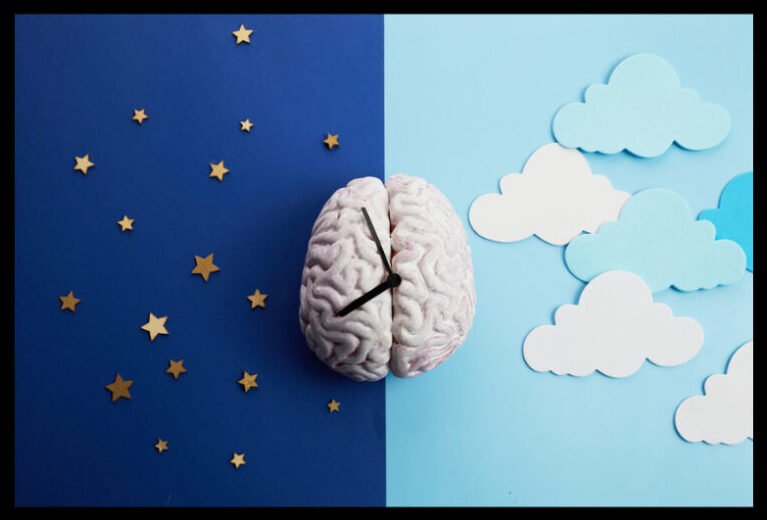Consuming caffeine or other stimulants, especially later in the day, can interfere with your ability to fall asleep. These substances stimulate the central nervous system and keep you alert, making it difficult to relax for sleep. While alcohol may make you feel drowsy initially, it can negatively affect the quality of your sleep. It can disrupt the sleep cycles, leading to more fragmented and less restful sleep. Additionally, some medications, like certain antidepressants or decongestants, can interfere with your sleep. They may have stimulating effects or disrupt the balance of neurotransmitters involved in sleep regulation. It’s important to be mindful of the substances and stimulants you consume, considering their potential impact on your sleep patterns.

